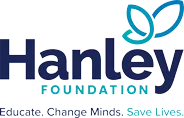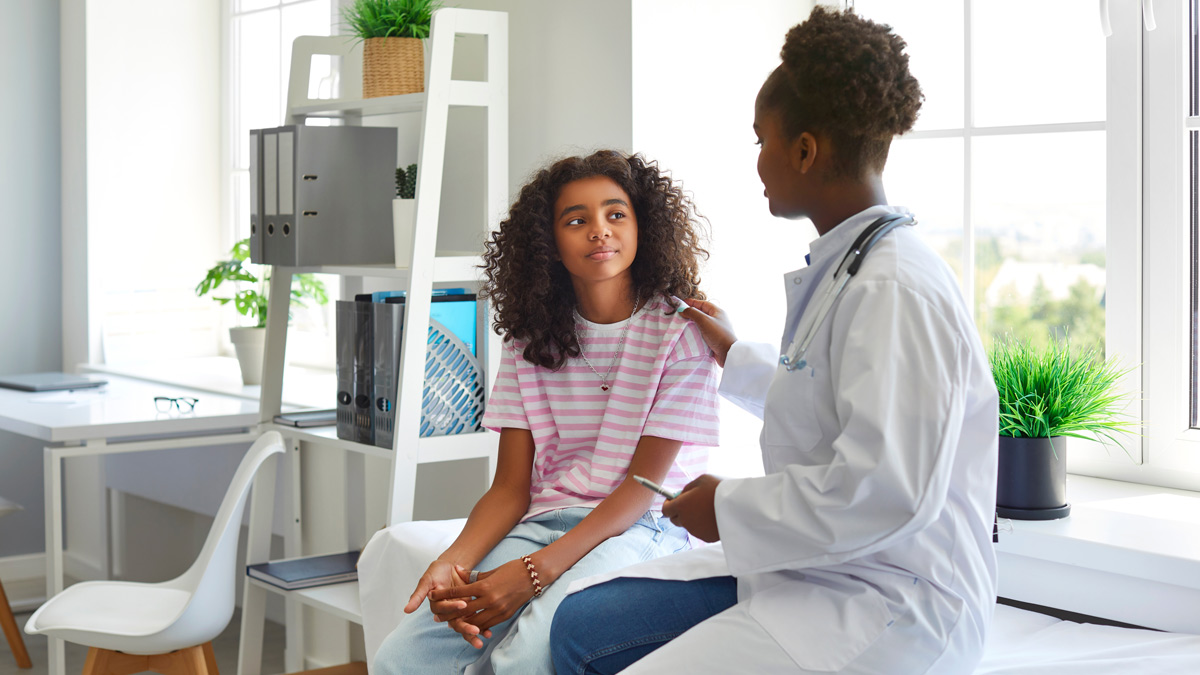Dr. Rachel Docekal, MBA, Ed.D.
As a mom, I know how important it is to protect your child from the dangers of prescription opioids. Many parents don’t realize that even lawfully prescribed drugs have the potential to result in addiction in children. At Hanley Foundation, we lead the way by educating parents and keeping young people safe in the face of prescription medication accessibility concerns. This article discusses the significance of understanding the risks associated with a child’s or adolescent’s prescribed medications, closely adhering to prescribed dosages, the hazards of unintended misuse, and techniques for keeping pharmaceuticals safe at home.
Bottom line? Opioids should be avoided whenever non-opioid analgesics can provide adequate management of pain.
What You Need to Know about Prescription Opioids
Opioids such as oxycodone, hydrocodone, morphine, and methadone are prescribed to treat moderate and severe pain, but their usage has significant hazards. Parents may be more familiar with the names Vicodin, Norco and Lortab (Hydrocodone with Acetaminophen) and Percocet (Oxycodone with Acetaminophen). The CDC encourages careful evaluation, noting that prescription opioids should only be used when the benefits outweigh the possible risks. Despite providing pain relief, opioids taken only one time can cause tolerance, melancholy, reduced testosterone levels, nausea, and confusion. Studies have shown that some individuals can become addicted with just a few days of regular use. Prolonged usage sharply increases the rates of addiction and risk for overdose frequently resulting in delayed respiration and, in severe cases, rapid death. Statistics show that 94% of adolescents may divert prescription opioids (“share” them with friends), highlighting the critical need for widespread knowledge and preventative actions.
Learn more about what puts your child or teen at risk for developing a substance use disorder through Hanley Foundation’s Safe Prescribing Initiative.
Ways Your Child Can Become Addicted through Legal Prescriptions
The likelihood of childhood prescription drug addiction stems from many variables, including accessibility, peer influence, and insufficient education about the possible risks connected with these powerful medications.
● Unsupervised Access: When pharmaceuticals are stored casually, children can easily access them, which raises the danger of experimenting or diverting the medication to peers.
● Lack of Education: An insufficient understanding of the addictive potential of prescription drugs can lead to casual use developing into addiction.
● Peer Pressure: Teens may be persuaded by friends or peers who misuse prescription medicines, which fosters a culture of experimenting.
● Unmet Mental Health Needs: Youth with mental health concerns may self-medicate, establishing a history of misuse of prescription medicines.
● Overprescribing: Inappropriate prescription practices or long-term use for pain treatment can lead to substance use disorders in children.
5 Ways to Promote Safe Medication Use
To promote safe and responsible medication use, parents should actively participate in their children’s medication routines, especially when prescription drugs such as opioids are involved. Regular supervision, discussion with healthcare specialists, and education for both caregivers and children are critical components of promoting a healthy and informed approach to drug management. Here are five ways you can remain vigilant.
1. Prescription Oversight: Keep track of your child’s prescriptions, particularly opioids, and remember that adolescents who misuse opioids typically obtain them through prescriptions from healthcare providers.
2. Vigilance Against Diversion: Be aware that a considerable number, 94%, of teenagers with opioid prescriptions may divert them for other use.
3. Post-Surgery Awareness: If your child has surgery and receives an opioid prescription, be aware of potential future prescriptions and understand the link to higher likelihood of misuse.
4. Educative Engagement: Promote pain management education for both yourself as a caregiver and your children by developing common knowledge and expectations for proper prescription use.
5. Safe Disposal Practices: To minimize misuse and inadvertent access, teach yourself, fellow caregivers, and older children how to store opioids securely and properly dispose of unneeded prescriptions.
Safeguarding Medications in the Home
Protecting addictive pharmaceuticals in your house is critical to preventing unwanted access. Use lockable medicine cabinets or specialized lockboxes to store prescription medications safely. Educate family members, particularly young children, about the risks of prescription usage and the significance of obtaining adult help when necessary. Regularly monitor and inventory medications, discarding any unused or expired ones. Implementing these safeguards creates a safer atmosphere and reduces the possibility of unintended access by other children, relatives, or visiting acquaintances.
Locations for Palm Beach County’s drug take-back program and proper disposal of unused medication can be found by clicking here.
At Hanley Foundation we are devoted to reshaping the narrative of addiction through prevention, advocacy, treatment, and recovery. Our comprehensive prevention education programs have positively impacted Florida’s communities for over three decades, making us the state’s largest prevention services provider. Proudly operating Hanley Center and Headwaters, our Palm Beach facilities offer private, confidential, and personalized addiction and mental health care, surrounded by a tranquil tropical setting that promotes healing and recovery.



